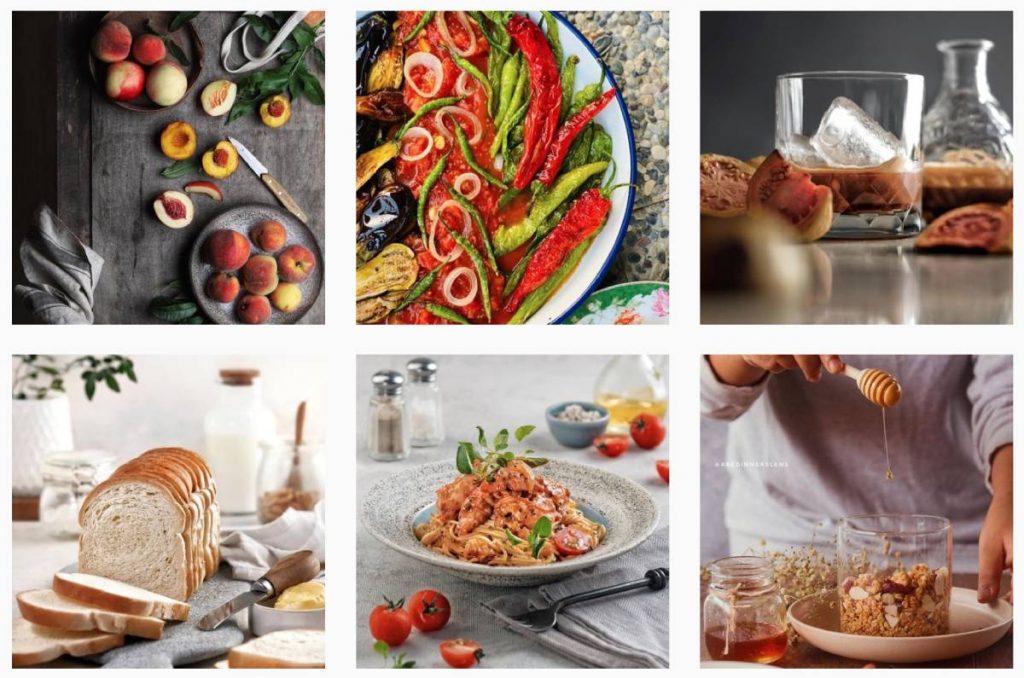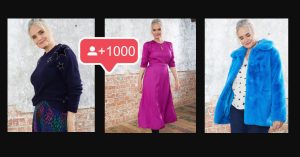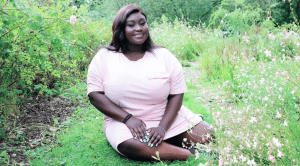Getting the perfect shot isn’t always down to the food, it’s often down to the hidden elements you’ve added to make the food look just-so
Food styling is a science as well as an art – it’s understanding the very structure of milk foam, the temperatures at which ingredients start to slip and slide around the plate, and what to use to stop something congealing. It’s the control factor to ensure you’re showcasing your creations in the best possible light, and there’s a lot to learn from the pros
Food photographer and stylist Manon Houston recommends that any beginners “collect references they like and study them to see how they can replicate the look or feel in particular styled images. Reference editorial magazine shoots or Pinterest for starters.”
When it comes to the kit and photography, Manon suggests that creators “buy a reflector to work with natural light, and a digital SLR camera with a 50mm lens which can be bought relatively cheaply but used to achieve great results. It’s fine to buy second hand, or you can buy a new one from about £250.”
Sometimes, stylists and photographers don’t even use food for the food – makeup sponges are used to keep taco shells open, hair products can make a better-looking “milk”, or spray-on deodorant makes a good icy “frosting” on a glass in a warm room. That’s not to say that you need to buy lots of niche ingredients or stock up on every possible shade of food colouring, it’s more that you need to think about your plating up as beyond just the raw ingredients, and if the finished plate doesn’t look good, be prepared to think outside the box: pastry sagging? Prop it open with something non-edible. Sauce not shiny enough? Consider adding something to make it glisten. Sauce too runny to be snapped? Pop it in a ramekin and have it on the side.
Food styling is all about bringing together all the components in perfect harmony, and sometimes, that means adding non-food elements, or plating up in a way that goes beyond the ordinary. Learning how to do it will be a process, but there are loads of helpful guides on YouTube.
Think to yourself about the elements of a dish you’ve found really hard to shoot in their full glory before – was it the texture of something, were you missing something like steam rising or frost settling? Did you find something looked droopy even though it was flavoursome? Tinker around with your styling, using a mixture of props and plating and you can ease out these kinks.







